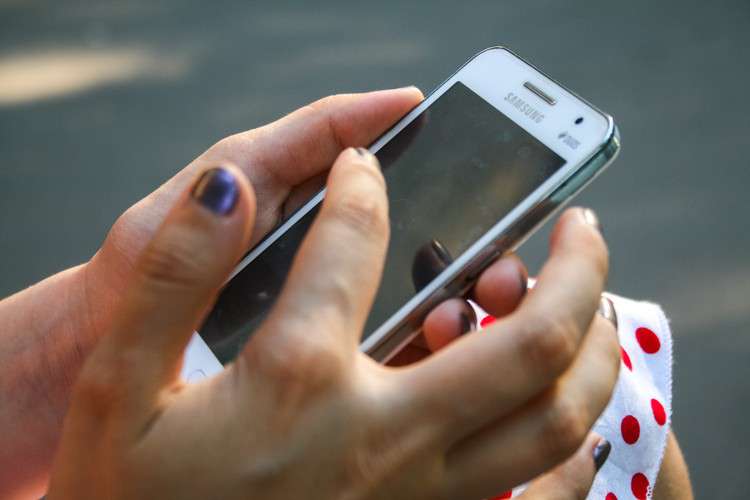
The charging sound on iPhone is a useful feature that indicates when the device is being charged. However, some users may find the default charging sound to be too loud or annoying. Fortunately, there are ways to customize or disable the charging sound on iPhone.
First and foremost, it is important to note that the ability to customize the charging sound on iPhone is limited. Apple does not provide an option to directly change the charging sound from within the device settings. However, there are workarounds that can be used to achieve the desired result.
One way to modify the charging sound on iPhone is by using a third-party app. There are several apps available on the App Store that allow users to customize various system sounds, including the charging sound. These apps usually offer a range of different sounds to choose from, allowing users to find one that suits their preferences.
Another option available to iPhone users is to create a custom charging sound using a computer. This requires connecting the iPhone to a computer and using specific software to modify system files. By following certain steps and guidelines, it is possible to replace the default charging sound with a custom one, giving users complete control over their device's audio notifications.
For those who prefer a simpler solution, disabling the charging sound altogether is also an option. This can be done by turning on the Silent mode on the device. By doing so, not only will the charging sound be muted, but all other system sounds will also be silenced. This can be convenient for those who find the charging sound to be disruptive or unnecessary.
In conclusion, while Apple does not provide a direct way to change the charging sound on iPhone, there are alternative methods available to achieve this. By using third-party apps, modifying system files, or simply turning on the Silent mode, users can customize or disable the charging sound according to their preferences. These solutions provide flexibility and control, ensuring a more personalized user experience.
